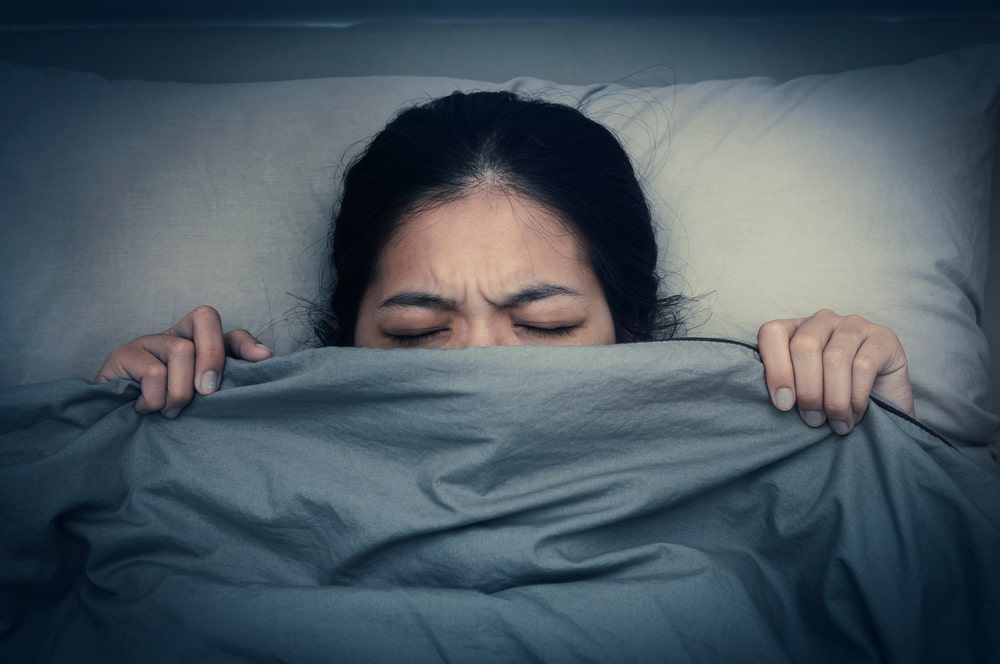
Pharmacological treatment options for anxiety are only legally available to those with a diagnosed anxiety disorder and a valid prescription. The National Alliance on Mental Illness (NAMI) asserts: “Anxiety disorders are a group of related conditions, each having unique symptoms. However, all anxiety disorders have one thing in common: persistent, excessive fear or worry in situations that are not threatening.” There are currently five distinct types of anxiety disorders listed in the Diagnostic and Statistical Manual of Mental Disorders, Fifth Edition (DSM-5). They include the following: generalized anxiety disorder (GAD), obsessive-compulsive disorder (OCD), panic disorder, post-traumatic stress disorder (PTSD) and social anxiety disorder (also known as social phobia). There are different types of antidepressant medications used to treat anxiety, some of which include the following, provided by the Mayo Clinic:
- Selective serotonin reuptake inhibitors (SSRIs): work by slowing the re-absorption of serotonin (the neurotransmitter known to help with mood regulation and anxiety) in one’s the brain. Common examples of SSRIs include:
- Selective norepinephrine reuptake inhibitors (SNRIs): work by reducing the reabsorption of neurotransmitters serotonin and norepinephrine in one’s brain. Common examples of SNRIs that are used treat anxiety include:
- Cymbalta (duloxetine)
- Effexor XR (venlafaxine)
- Benzodiazepines: a type of sedative that alleviate muscle tension and can reduce some of the physical symptoms of anxiety. They work by interacting with the neurons in one’s brain to suppress and calm down electrical excitement. As a fast-acting medication, benzodiazepines are often prescribed to help manage symptoms associated with short-term anxiety. Common examples of benzodiazepines that are used to treat anxiety include:
- Tricyclic antidepressants (TCAs): TCAs affect three brain chemicals: serotonin, norepinephrine, and dopamine. They are prescribed less frequently as they are an older class of antidepressants that can cause more side effects than other options. Some examples of TCAs include:
- Monoamine oxidase inhibitors (MAOIs): MAOIs block the actions of monoamine oxidase enzymes (which are responsible for breaking down neurotransmitters such as dopamine, norepinephrine, and serotonin) in the brain. These drugs were the first type of antidepressants developed and are typically used as a last resort as an off-label treatment for panic disorder or social phobia.
As is true with any medical intervention, there are certain risks and possible unwanted side effects. The specific risks will vary from person to person, as they will depend on several contributing factors (e.g., the individual’s health history, the presence of any additional mental health ailments, substance abuse issues, genetics, etc.). Still, when properly prescribed and taken exactly as directed, anti-anxiety medications can be incredibly effective in reducing unwanted symptoms and improve daily functioning of individuals with anxiety disorders.
Treatment In Calabasas
Calabasas is a city in California. It is a well-known suburb of Los Angeles, located west of the San Fernando Valley and north of the Santa Monica Mountains. Over the past decade, the city of Calabasas has grown in its reputation for luxury as well as for privacy which makes it a hidden gem for residential living for society’s elite, and one of the most desirable destinations in Los Angeles County. It is also home to a plethora of highly qualified mental health clinicians providing an array of therapeutic services and treatment options.
The information above is provided for the use of informational purposes only. The above content is not to be substituted for professional advice, diagnosis, or treatment, as in no way is it intended as an attempt to practice medicine, give specific medical advice, including, without limitation, advice concerning the topic of mental health. As such, please do not use any material provided above to disregard professional advice or delay seeking treatment.








